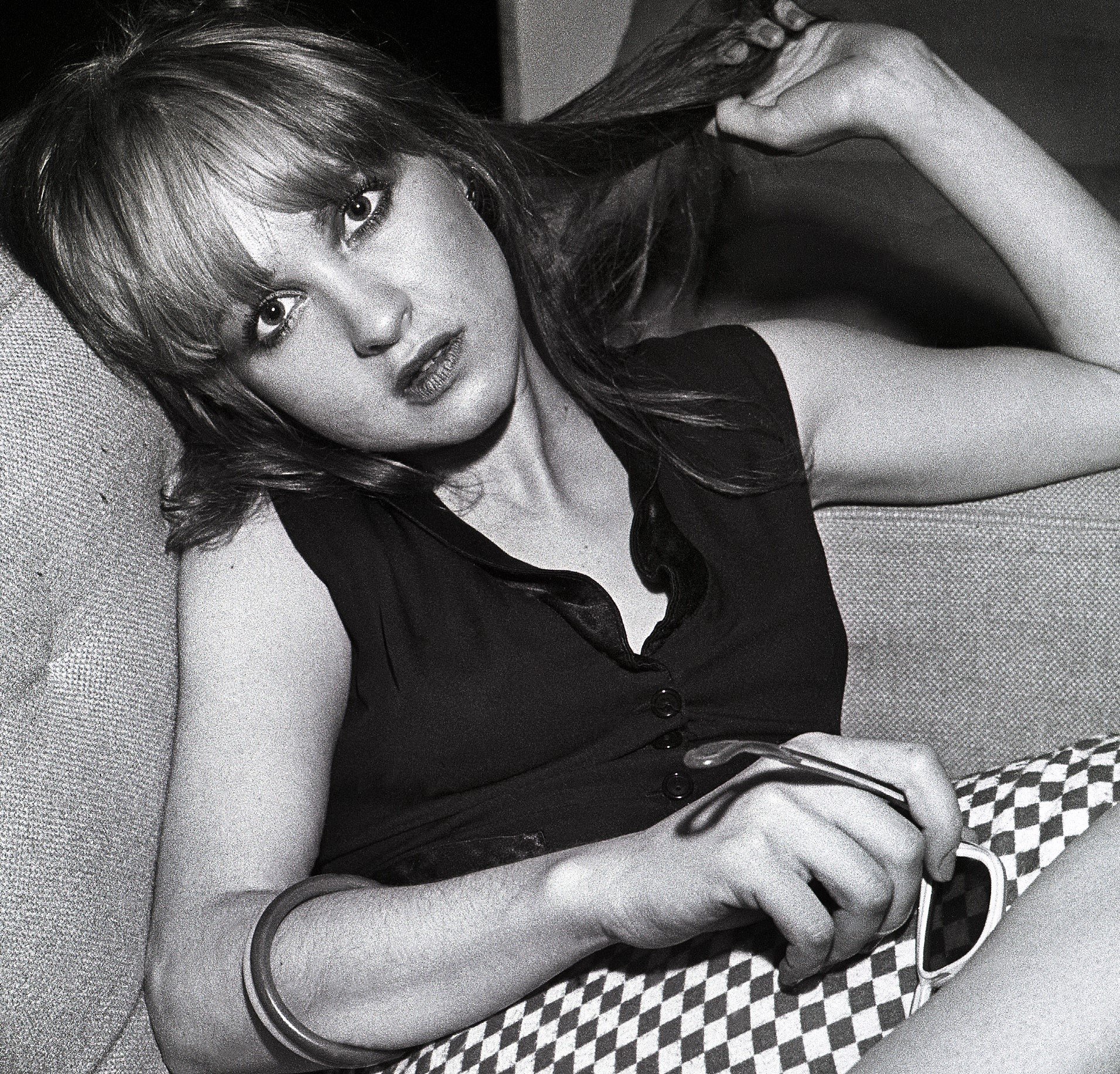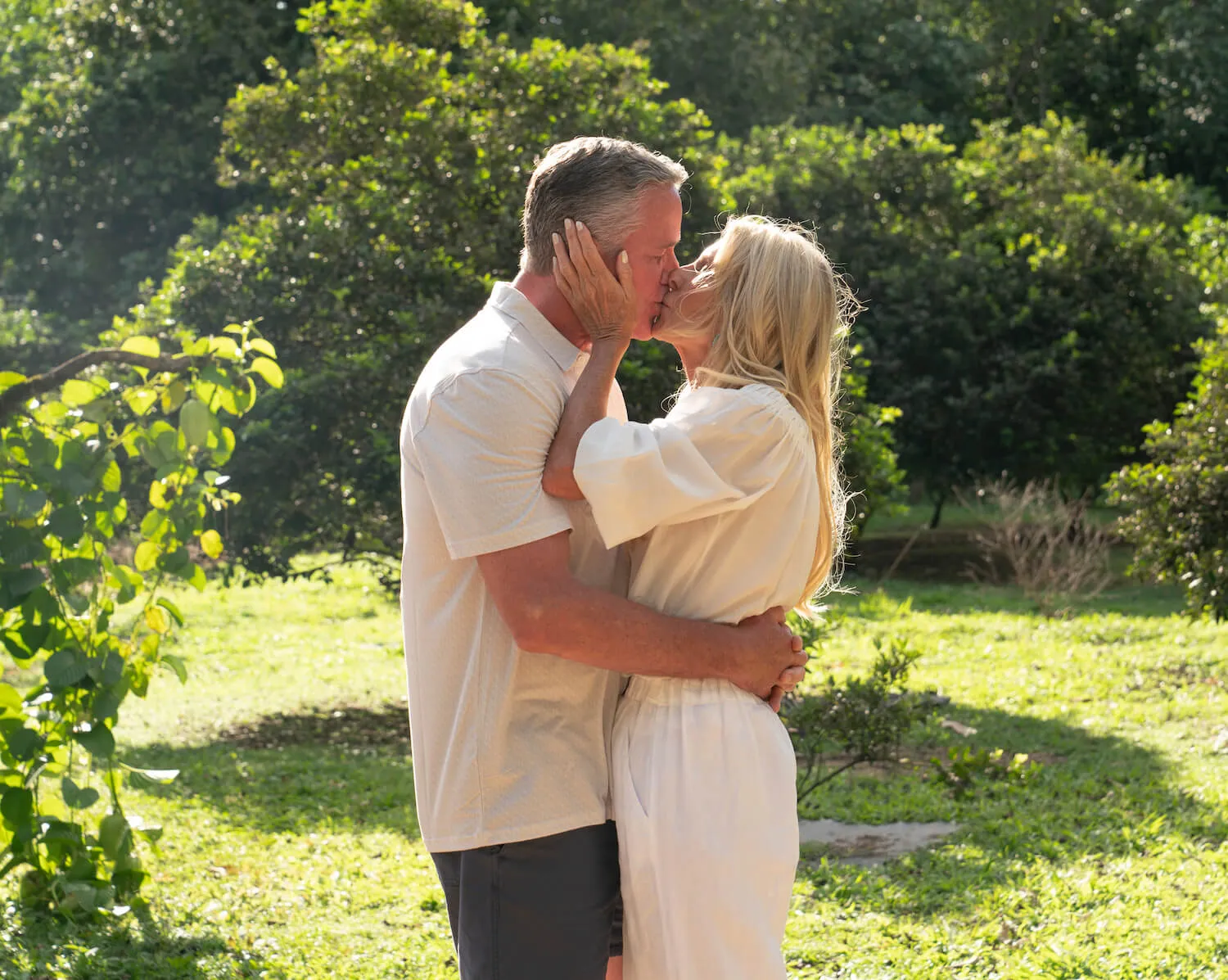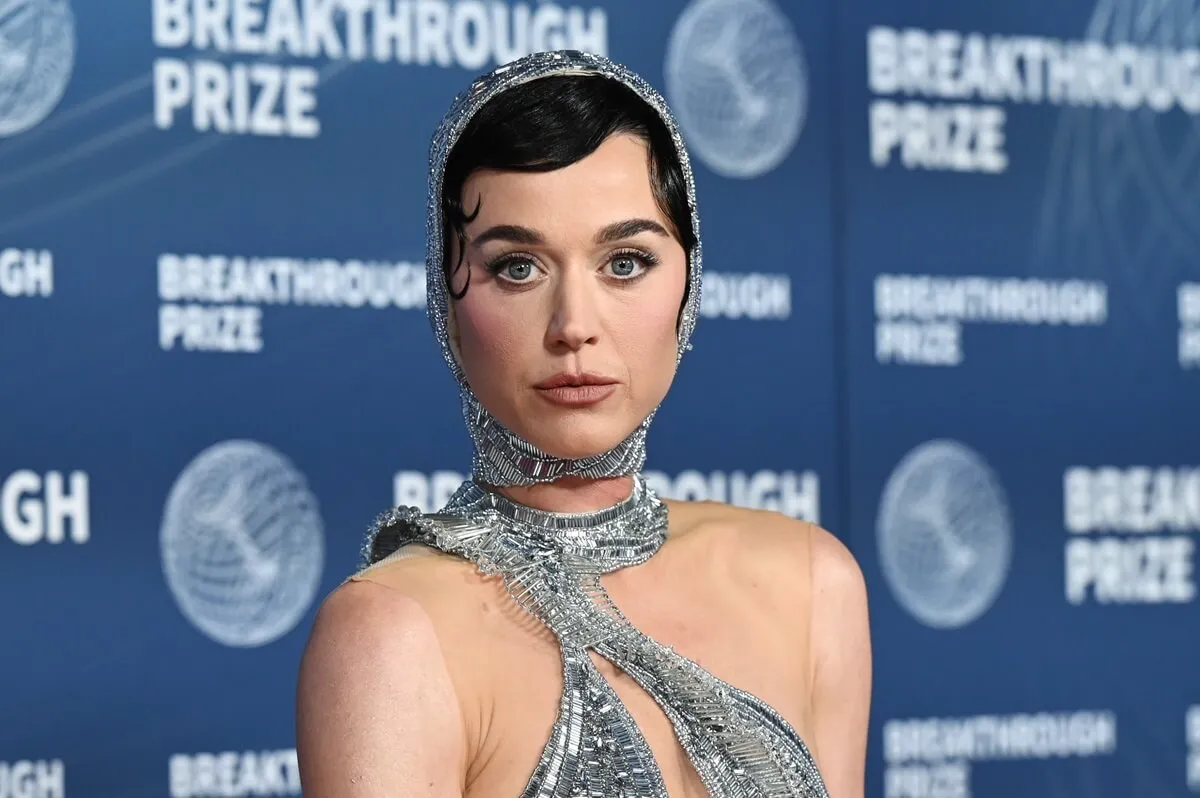
How Burt Bacharach Inspired Cyndi Lauper’s ‘True Colors’ Album
A lot of the best music comes from dark places. Cyndi Lauper’s True Colors album includes a tribute to a friend who died tragically. Sadly, the song did not perform well. Then, Lauper managed to accomplish what she wanted to do with a different song.
Cyndi Lauper wrote a song for ‘True Colors’ inspired by Burt Bacharach
During a 2019 Interview article, Lauper discussed the origin of her song “Boy Blue.” “At that time, there was a popular song called ‘That’s What Friends Are For,’ and one of my closest friends, Gregory, was dying of AIDS,” she said. “He said to me, “Cyn, you gotta write a song like ‘That’s What Friends Are For’ for me.” I’m thinking, ‘Oh, great. Burt Bacharach, one of the greatest American songwriters, wrote that.'” Lauper felt the pressure to match Bacharach’s talent.
Lauper discussed her feelings on “Boy Blue.” “I did write ‘Boy Blue,’ in which I poured my heart and my liver out,” she recalled. “Which doesn’t make for good repetitive play.”
Cyndi Lauper sang a hit song she didn’t write for Gregory
Lauper also paid tribute to Gregory with another one of her songs. “But in the interim, Gregory had passed, and this song ‘True Colors’ was brought to me,” she remembered. “It had been written for Anne Murray, but I heard something in it that was like a healing song. I needed to sing it for me and for Carl, Gregory’s partner.” “True Colors” was written by Billy Steinberg and Tom Kelly, the songwriting duo behind Madonna’s “Like a Virgin,” Whitney Houston’s “So Emotional,” and Alice Cooper’s “He’s Back (The Man Behind the Mask).”
Later, a fan thanked Lauper for inspiring him with “True Colors” and gave her an LGBTQ flag. “That night, I wore the flag around my shoulders and sang ‘True Colors’ and realized that Gregory got his wish,” he said.
How ‘Boy Blue’ and ‘True Colors’ performed in the United States
“Boy Blue” wasn’t much of a hit. It reached No. 71 on the Billboard Hot 100, staying on the chart for four weeks. Lauper got famous through fun pop songs like “Girls Just Want to Have Fun” and “She Bop,” as well as ballads like “All Though the Night” and “Time After Time.” Perhaps listeners didn’t want to hear Lauper take on a social theme so overtly.
Any social subtext to “True Colors” is a lot more subtle. That tune became Lauper’s second and last No. 1 single on the Billboard Hot 100. Notably, her first No. 1 single, “Time After Time,” was also a ballad. “True Colors” topped the Billboard Hot 100 for two weeks, staying on the chart for 20 weeks altogether.
“True Colors” appeared on the album of the same name. The record reached No. 4 on the Billboard 200, staying on the chart for 44 weeks. It was her most popular record besides the acclaimed She’s So Unusual, which contains most of her big hits. Despite the longevity of Lauper’s singles, none of her albums managed to top the Billboard 200. Life isn’t fair!
“True Colors” is a classic song and it wouldn’t exist without Bacharach.


